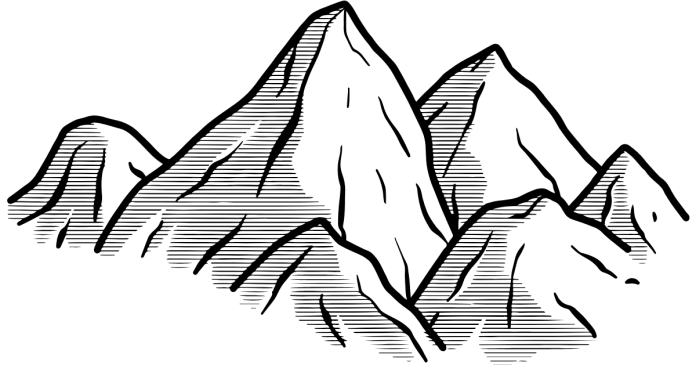The Andes Mountains are the longest mountain range in the world, stretching along the western edge of South America. They are known for their dramatic landscapes, rich biodiversity, and historical significance as the heartland of the ancient Inca civilization.
1. Map and Location
- Location: The Andes run through seven South American countries:
- Venezuela
- Colombia
- Ecuador
- Peru
- Bolivia
- Chile
- Argentina
- Length: Approximately 7,000 km (4,350 miles), making it the longest continental mountain range.
- Highest Peak: Mount Aconcagua in Argentina, standing at 6,961 meters (22,838 feet).
- Geography: The Andes are divided into three main sections:
- Northern Andes: Runs through Venezuela, Colombia, and Ecuador.
- Central Andes: Found in Peru and Bolivia.
- Southern Andes: Spans Chile and Argentina.
2. Climate of the Andes
The Andes experience a variety of climates due to their length and altitude:
- Tropical Andes (Near Equator):
- Hot and humid at lower altitudes.
- Cooler and wetter as elevation increases.
- Heavy rainfall in the Amazon Basin region.
- Dry Andes (Central Andes):
- Found in Chile and Argentina.
- Arid and dry climate with desert-like conditions, especially in the Atacama Desert.
- Temperate Andes (Southern Andes):
- Cooler and wetter climate.
- Snow-covered peaks and glaciers in higher elevations.
- High-Altitude Climate:
- Higher elevations have colder temperatures and thinner air.
- Permanent snow and ice are common in the highest peaks.
3. Facts About the Andes Mountains
- Formation: The Andes were formed by the subduction of the Nazca Plate beneath the South American Plate.
- Volcanic Activity:
- The Andes are part of the “Ring of Fire,” with numerous active volcanoes.
- Examples: Cotopaxi (Ecuador), Villarrica (Chile).
- Biodiversity:
- The Andes are home to unique ecosystems, including the páramo (high-altitude grasslands) and cloud forests.
- Animals include llamas, alpacas, condors, and spectacled bears.
- Cultural Significance:
- The Andes were home to the Inca Empire, one of the largest and most advanced civilizations in the Americas.
- The famous Machu Picchu ruins in Peru are located in the Andes.
- Glaciers:
- Glaciers in the Andes are crucial water sources for communities in South America.
- However, many are retreating due to climate change.
- Tourism:
- Popular activities include trekking (e.g., the Inca Trail), mountaineering, and exploring cultural heritage sites.
4. Importance of the Andes
- Water Resources: Major rivers such as the Amazon River originate in the Andes.
- Agriculture:
- Terrace farming is common, allowing crops like potatoes and quinoa to grow at high altitudes.
- Mineral Wealth:
- The Andes are rich in minerals, including copper, gold, and silver.
- Chile is one of the world’s largest copper producers.
- Energy:
- The Andes are a significant source of hydroelectric power for South America.
Conclusion
The Andes Mountains are not only a stunning natural wonder but also a critical feature for South America’s environment, culture, and economy. They offer breathtaking scenery, rich biodiversity, and a window into the history of ancient civilizations.



